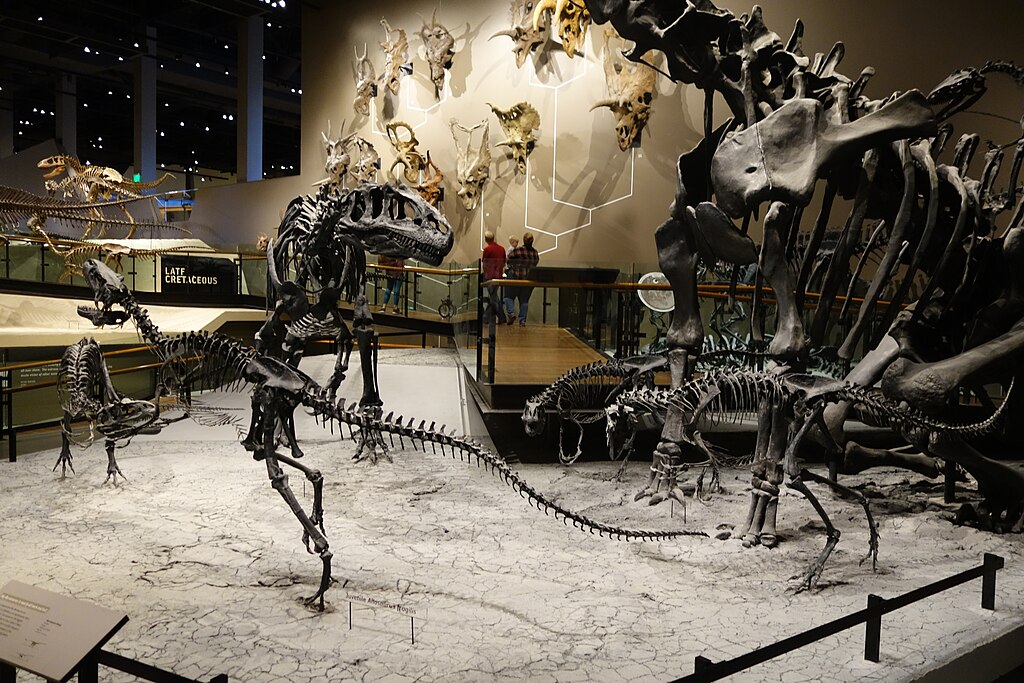In the meticulous world of paleontology, where ancient remains are carefully unearthed from their earthen tombs, disagreements frequently arise over how to classify newfound specimens. These scientific disputes, far from being detrimental, often drive the field forward through rigorous debate and renewed investigation. When researchers find themselves at odds over a fossil’s identity, a fascinating process of scientific inquiry, professional collaboration, and occasionally heated academic controversy unfolds. These disagreements reveal the dynamic nature of science itself—a continuous process of questioning, examining evidence, and refining our understanding of Earth’s ancient past.
The Nature of Taxonomic Disagreements
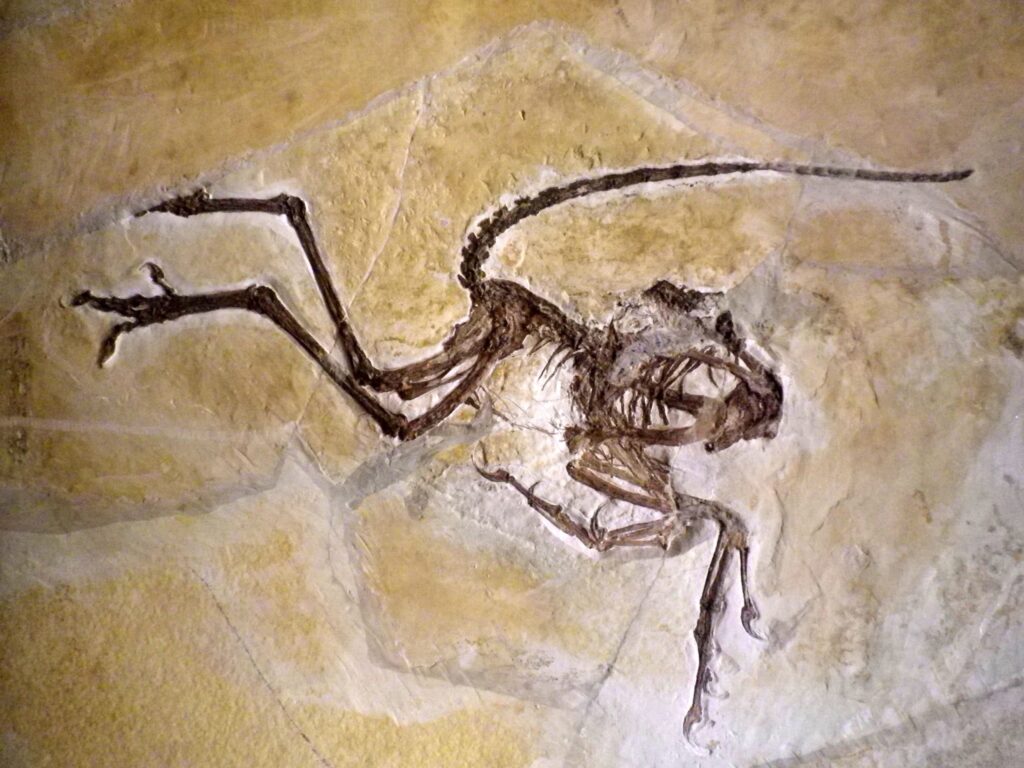
Taxonomic disagreements in paleontology often stem from the inherently fragmentary nature of the fossil record. Unlike modern specimens that can be studied in their complete form, fossils typically present as incomplete puzzles, with crucial anatomical features sometimes missing entirely. When working with a partial skull, isolated teeth, or fragmented limb bones, scientists must make interpretations based on limited evidence, leading to differing conclusions about where a specimen fits in the evolutionary tree. Additionally, preservation quality varies dramatically between specimens, with some fossils being crushed, distorted, or chemically altered during the fossilization process, further complicating accurate identification. These limitations create natural conditions for scientific disagreement, where multiple valid interpretations can exist simultaneously until additional evidence emerges to clarify the picture.
Case Study: The Contentious History of Spinosaurus

Perhaps no fossil dispute better illustrates taxonomic disagreement than the ongoing saga of Spinosaurus aegyptiacus. Initially described in 1915 by German paleontologist Ernst Stromer, the original specimens were destroyed during World War II, leaving only drawings and descriptions for future scientists to work with. For decades, paleontologists disagreed about the basic body plan and lifestyle of this massive predator, with some arguing it was primarily terrestrial while others suggested it was semiaquatic. The 2014 discovery of new Spinosaurus remains by Nizar Ibrahim and colleagues suggested a heavily aquatic lifestyle, complete with dense bones and possibly paddle-like feet. This interpretation sparked immediate controversy, with several prominent paleontologists challenging the aquatic hypothesis based on biomechanical considerations and comparisons with other theropods. The debate intensified in 2020 when further fossils revealed a paddle-like tail, again dividing the scientific community between those embracing the aquatic interpretation and those maintaining skepticism about the degree of aquatic adaptation.
The Role of New Technologies in Resolving Disputes

Modern technologies have revolutionized how taxonomic disagreements are addressed, often providing new evidence that helps resolve long-standing disputes. Advanced CT scanning allows paleontologists to examine internal structures of fossils without damaging them, revealing previously inaccessible features that may confirm or refute competing hypotheses. Sophisticated computer modeling enables researchers to test functional hypotheses about extinct animals, such as how they moved or what they ate, providing empirical data to evaluate competing interpretations. Molecular techniques, including ancient DNA analysis and protein sequencing, have emerged as powerful tools for clarifying relationships between extinct species, sometimes overturning classifications based solely on morphological features. Additionally, isotope analysis of fossil materials can reveal dietary patterns and environmental conditions, offering independent lines of evidence to evaluate taxonomic claims. These technological advances don’t always settle disagreements immediately, but they significantly enhance the quality of evidence available to scientists engaged in these debates.
Lumpers versus Splitters: A Fundamental Divide

One of the most persistent sources of taxonomic disagreement stems from differing philosophical approaches to classification, often characterized as the lumper versus splitter divide. “Lumpers” tend to emphasize similarities between specimens, preferring to group fossils into fewer, more broadly defined species or genera. This approach recognizes that many differences between specimens may represent normal variation within a species rather than taxonomic distinctions. “Splitters,” by contrast, emphasize differences between specimens, arguing that subtle variations often indicate distinct species or subspecies that should be recognized as separate taxonomic entities. This philosophical difference has practical implications, as a more split taxonomy might recognize dozens of dinosaur species where a more lumped approach would recognize only a handful. Neither approach is inherently correct, but these differing perspectives frequently lead to vigorous debates when new fossils are discovered and classified.
The Peer Review Process as a Battleground

The formal peer review process serves as the primary battlefield where taxonomic disagreements play out in professional settings. When researchers propose a new classification or identification for a fossil specimen, their manuscript undergoes scrutiny by anonymous expert reviewers who may challenge interpretations, request additional evidence, or suggest alternative classifications. This process can extend for months or even years as authors and reviewers engage in detailed discussions about specific anatomical features and their significance. Journals sometimes publish point-counterpoint articles where scientists with opposing views present their arguments side by side, allowing readers to evaluate competing interpretations based on presented evidence. After publication, the debate often continues through formal response papers, where other researchers may challenge the original conclusions with new analyses or interpretations. This structured process of critique and response helps refine scientific understanding, even when it doesn’t immediately resolve the underlying disagreement.
Professional and Personal Dynamics in Scientific Disputes

The human element cannot be overlooked when examining fossil identification disputes, as personal and professional factors often influence how disagreements unfold. Established researchers with decades of experience in a particular group of organisms may resist reinterpretations proposed by newer scientists, sometimes leading to generational divides in taxonomic perspectives. Professional reputation becomes intertwined with particular interpretations, occasionally making scientists reluctant to concede points that might undermine their previous work. National or institutional rivalries sometimes color taxonomic disputes, particularly when discoveries have significant cultural or scientific prestige attached to them. These human factors don’t invalidate the scientific process, but they do complicate and extend disputes beyond what the evidence alone might warrant. The most productive scientific communities recognize these dynamics and work to maintain respectful discourse even amidst profound disagreement.
The Problem of Fragmentary Type Specimens

Many taxonomic disputes center around type specimens—the original fossils used to define a species—particularly when these specimens are highly fragmentary or poorly preserved. The type specimen problem becomes acute when dealing with fossils collected in the 19th or early 20th centuries, when scientists often named new species based on isolated teeth or bone fragments that would be considered insufficient by modern standards. When better-preserved specimens are later discovered, researchers must determine whether these new fossils belong to the previously named species, which can prove extraordinarily difficult when the type specimen lacks diagnostic features. Some paleontologists advocate for designating new, more complete specimens as replacement types (neotypes), while others insist on working with the original material despite its limitations. This technical but consequential issue underlies many disputes about whether newly discovered fossils represent new species or belong to previously described taxa.
How Media Coverage Shapes Public Perception of Disputes
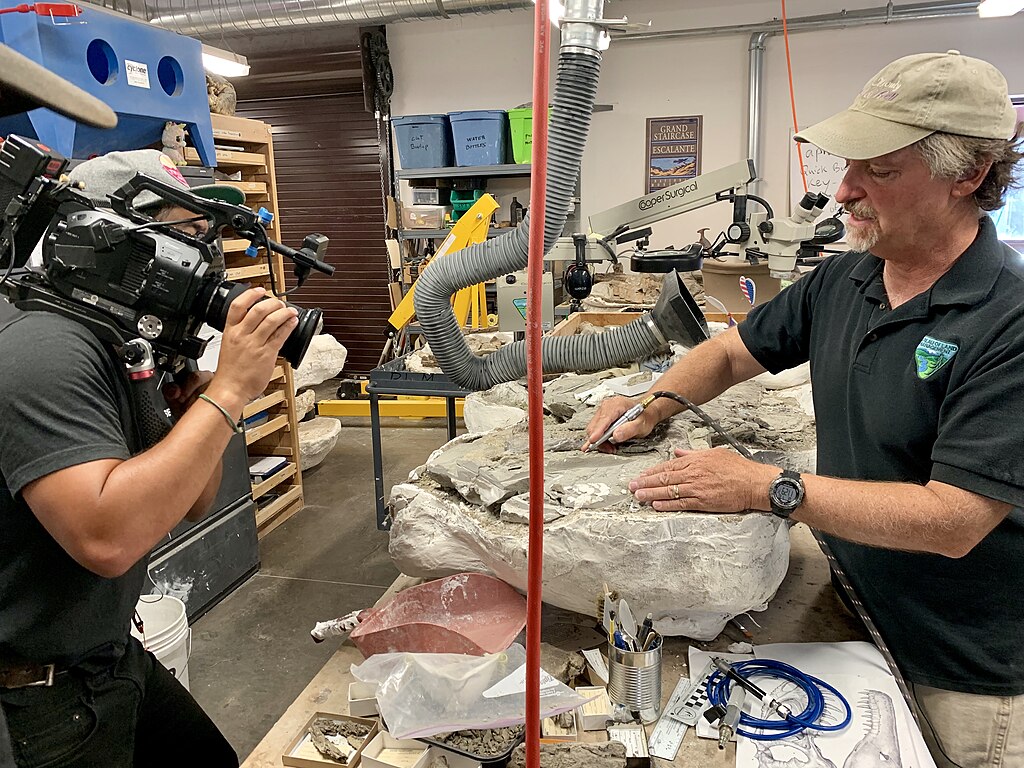
Media coverage of paleontological disagreements often amplifies and sometimes distorts the nature of scientific disputes for public consumption. News outlets frequently frame taxonomic disagreements as personal feuds or dramatic conflicts rather than normal scientific discourse, using language like “fossil wars” or “battling scientists” that overstates the adversarial nature of most professional disagreements. Nuanced technical arguments about specific anatomical features are typically simplified into binary positions that fail to capture the complexity of scientific interpretation. Social media has intensified this dynamic, with brief comments by researchers sometimes taken out of context and presented as more definitive or confrontational than intended. The compression of complex scientific disagreements into headline-friendly narratives can create a public perception that paleontology is more contentious or less methodologically sound than other scientific fields. More responsible science communication presents disagreements as evidence of a healthy scientific process rather than signs of fundamental uncertainty.
The Impact of National Pride and Cultural Factors
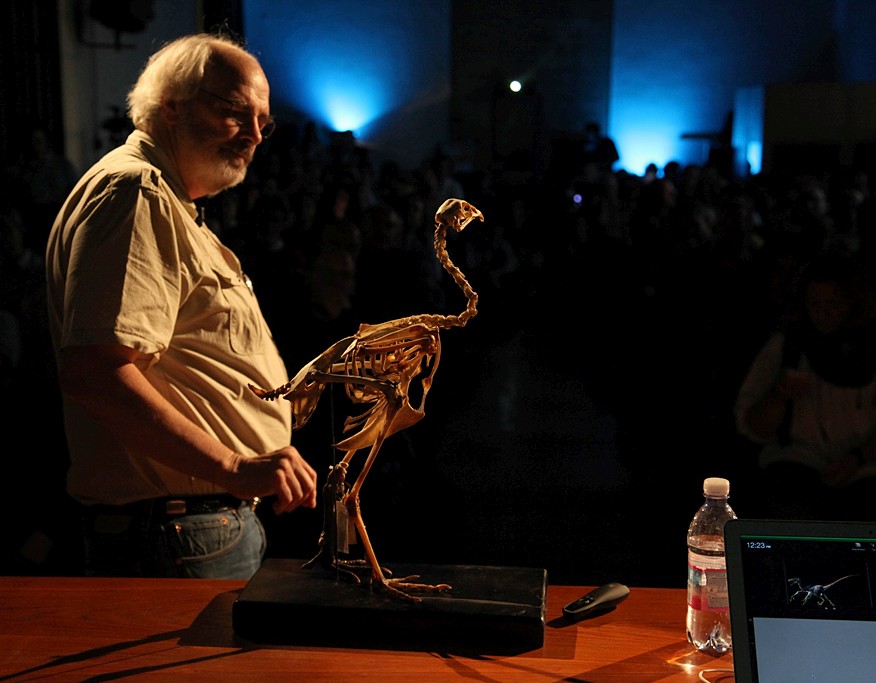
Taxonomic disagreements sometimes become entangled with issues of national pride or cultural significance, particularly when dealing with spectacular or scientifically important fossils. Countries with rich fossil deposits may develop strong interests in how “their” fossils are classified and interpreted, especially when these specimens have cultural or economic value through tourism and museum exhibitions. This dynamic became evident in disputes over the classification of specimens from China’s Yixian Formation, where some Chinese paleontologists favored interpretations that emphasized the uniqueness of their national fossil heritage. Similar patterns emerged around fossils from Argentina, Mongolia, and Morocco, where scientific interpretation sometimes intersected with national narrative. Indigenous perspectives on fossil classification can add another dimension to these disputes, particularly when traditional knowledge offers alternative frameworks for understanding relationships between ancient organisms. While science aims for objectivity, these cultural factors inevitably influence how taxonomic disagreements play out in international contexts.
Resolution Through Discovery of Transitional Forms
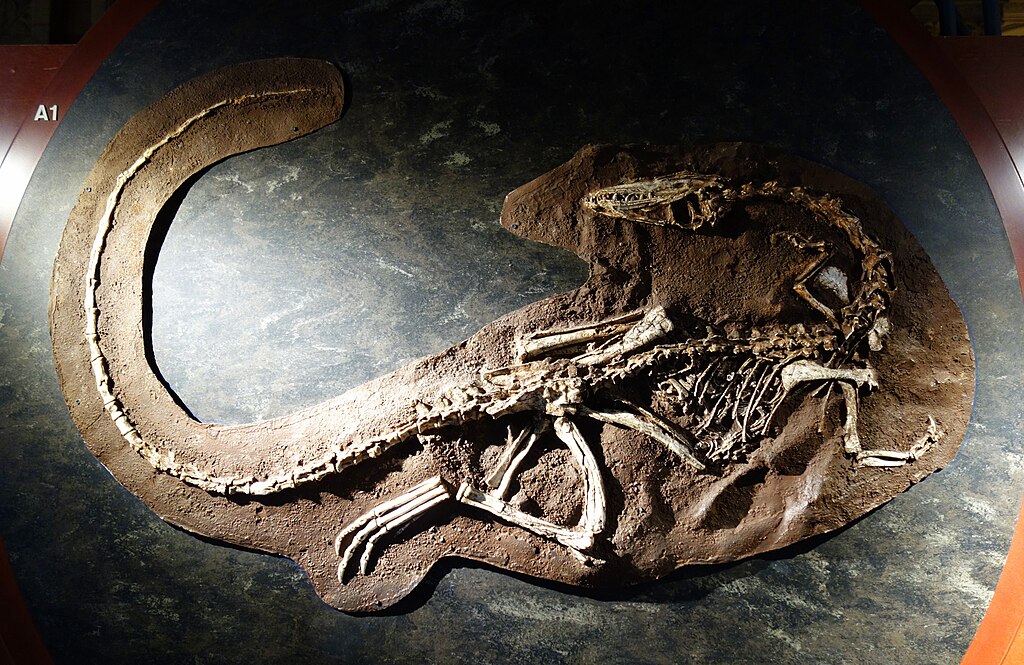
Many long-standing taxonomic disagreements find resolution through the discovery of transitional fossils that bridge the gap between contested classifications. When researchers disagree about whether two fossil groups represent separate lineages or variants of the same group, finding intermediate specimens with features of both can provide compelling evidence for one interpretation over another. The classic example comes from the evolution of birds from dinosaurs, where disagreements about the relationship between these groups diminished as paleontologists discovered an increasing number of feathered dinosaurs with bird-like features in the 1990s and 2000s. More recently, transitional whale fossils with both terrestrial and aquatic adaptations helped resolve debates about cetacean origins. The fossil record remains incomplete, but each new discovery has the potential to clarify relationships that were previously contentious. This pattern illustrates how scientific disagreements, rather than representing failures of the scientific method, often highlight areas where additional evidence is most needed.
When Disagreements Lead to Scientific Progress

Taxonomic disagreements, while sometimes frustrating for the scientists involved, frequently drive methodological innovations that advance the field as a whole. When traditional approaches fail to resolve a dispute, researchers develop new techniques for analyzing fossils or extracting data from them. The debate over whether Tyrannosaurus rex was primarily a predator or scavenger led to sophisticated studies of bite mechanics, comparative anatomy, and trace fossils that enhanced understanding of theropod feeding behaviors generally. Disagreements about hominin classification spurred development of geometric morphometric techniques that revolutionized how fossil shapes are analyzed quantitatively. The contentious reclassification of Brontosaurus as Apatosaurus (and later back to Brontosaurus) motivated more rigorous approaches to distinguishing between closely related dinosaur taxa. These methodological advances benefit the entire field, regardless of how the original dispute is ultimately resolved. The history of paleontology demonstrates that productive disagreement often catalyzes innovation more effectively than consensus.
The Role of Scientific Consensus

Despite the prevalence of disagreement in fossil identification, scientific consensus remains the ultimate goal and often emerges gradually through continued research and debate. Consensus doesn’t require unanimity among all researchers, but rather represents the preponderance of evidence and expert opinion coalescing around particular interpretations. The reclassification of dinosaurs as warm-blooded, active animals rather than cold-blooded reptiles emerged as consensus over several decades, despite initial resistance from some quarters of the paleontological community. Similarly, the recognition that birds are living dinosaurs transitioned from controversial hypothesis to mainstream view through accumulating evidence rather than any single definitive discovery. Scientific consensus remains provisional, subject to revision with new evidence, but provides a working framework that incorporates the best available knowledge at any given time. The process of reaching consensus through disagreement and evidence-based argumentation represents science functioning as intended, even when the path seems contentious or meandering.
Conclusion
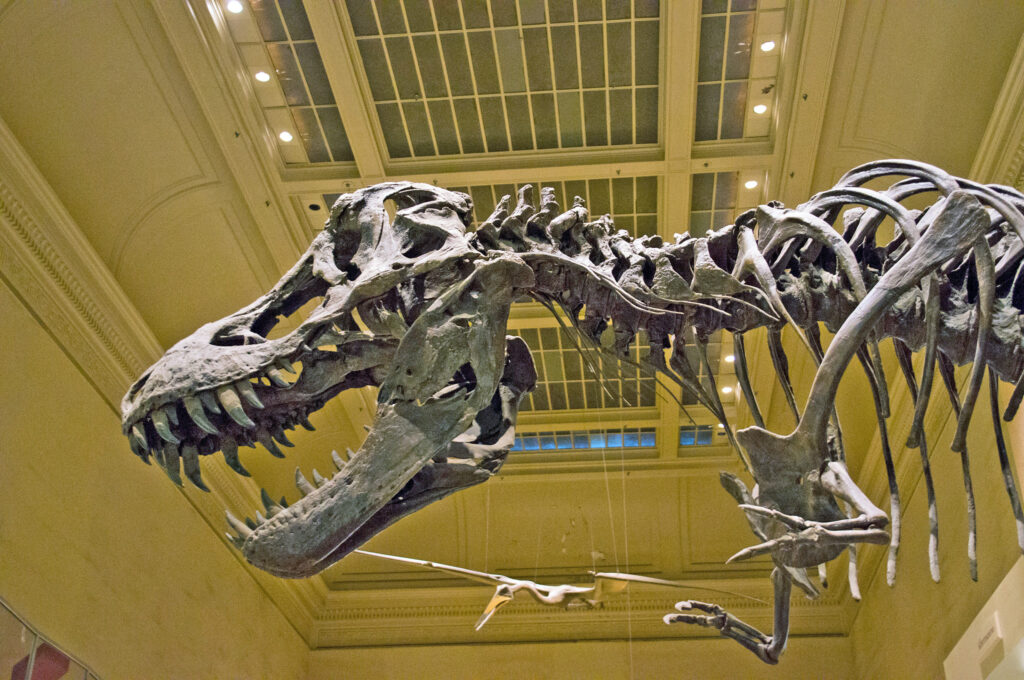
When scientists disagree over a fossil’s identity, they participate in a fundamental scientific process that has characterized paleontology since its inception. These disagreements, far from indicating dysfunction, reveal science operating as it should—through proposition, critique, evidence gathering, and eventual refinement of understanding. The fossil record, with its inherent incompleteness and preservation challenges, virtually guarantees that taxonomic disputes will continue to emerge with each significant new discovery. Yet these very limitations drive innovation in research methods, analytical techniques, and theoretical frameworks. As new generations of paleontologists apply increasingly sophisticated tools to these ancient puzzles, our collective understanding of life’s evolutionary history grows more comprehensive and nuanced. The story of paleontology reminds us that scientific progress often advances not in spite of disagreement, but because of it.

